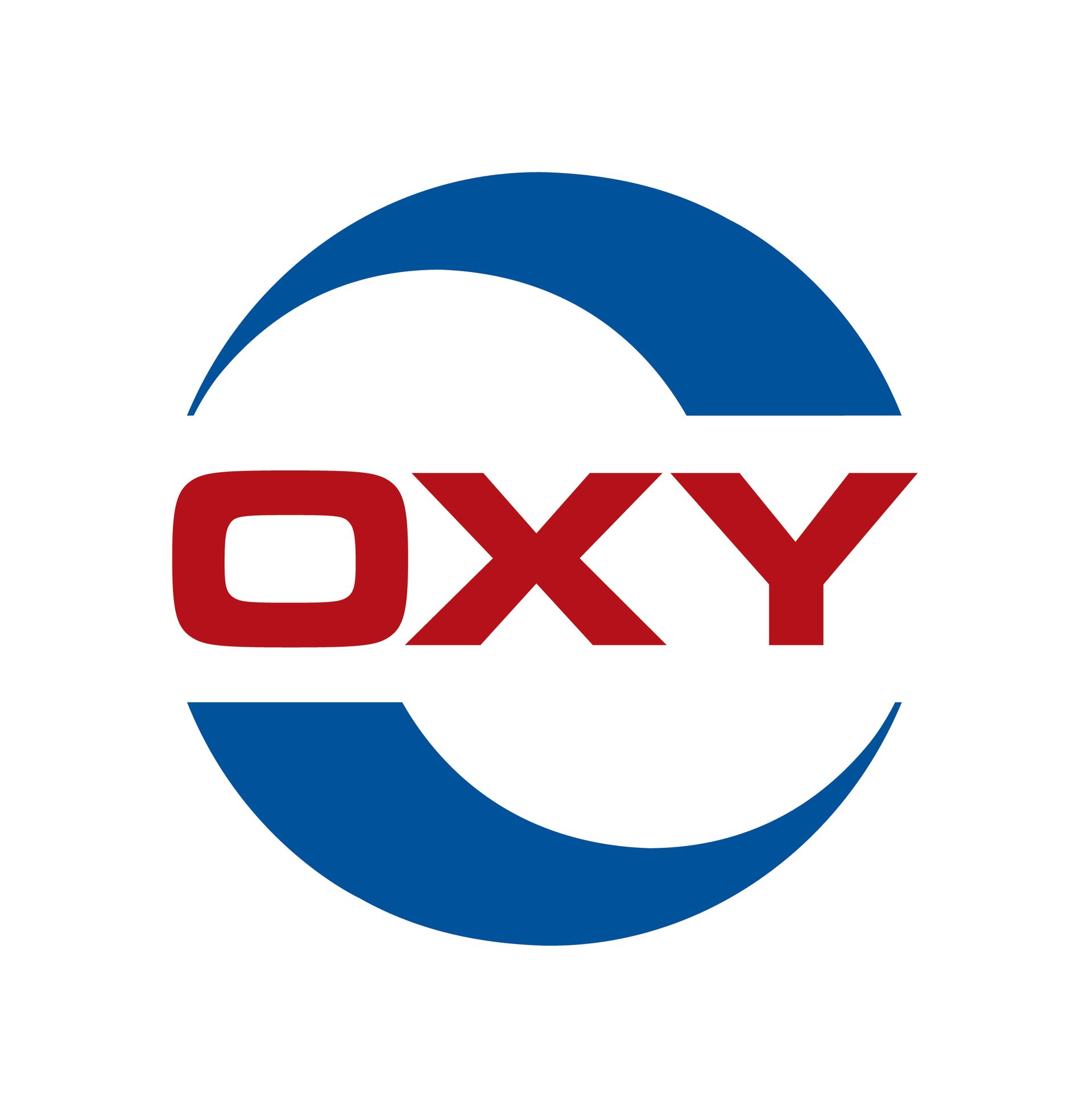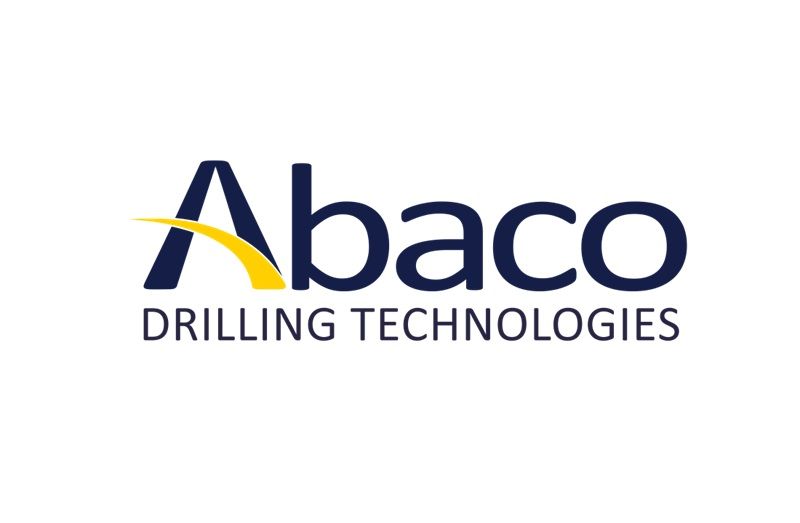The Only Organization Dedicated to Advancing the Directional Drilling Community
Upcoming Events
The IADD holds regular events throughout the year, and we'd love to have you join us.
Business Directory
Check out the business directory!
If you'd like more information on how to be included, please send us a message at directory@iadd-intl.org.
Latest Industry News

By Emalee Springfield
•
02 May, 2024
HOUSTON, April 30 (Reuters) - Oil prices fell 1% on Tuesday, extending losses from Monday, on the back of rising U.S. crude production, as well as hopes of an Israel-Hamas ceasefire. Brent crude futures for June, which expired on Tuesday, settled down 54 cents, or 0.6%, at $87.86 a barrel. The more active July contract fell 87 cents to $86.33. U.S. West Texas Intermediate crude futures were down 70 cents, or 0.9%, at $81.93. The front-month contract for both benchmarks lost more than 1% on Monday. U.S. crude production rose to 13.15 million barrels per day (bpd) in February from 12.58 million bpd in January in its biggest monthly increase since October 2021, the Energy Information Administration said. Meanwhile, exports climbed to 4.66 million bpd from 4.05 million bpd in the same period. U.S. crude oil inventories rose by 4.91 million barrels in the week ended April 26, according to market sources citing American Petroleum Institute figures on Tuesday. Stocks were expected to have fallen by about 1.1 million barrels last week, an extended Reuters poll showed on Tuesday. Official data from the EIA is due on Wednesday morning. Gasoline inventories fell by 1.483 million barrels, and distillates fell by 2.187 million barrels. Expectations that a ceasefire agreement between Israel and Hamas could be in sight have grown in recent days following a renewed push led by Egypt to revive stalled negotiations between the two. However, Israeli Prime Minister Benjamin Netanyahu vowed on Tuesday to go ahead with a long-promised assault on the southern Gaza city of Rafah. "Traders believe some of the geopolitical risk is being taken out of the market," said Dennis Kissler, senior vice president of trading at BOK Financial. "We're not seeing any global supply being taken off the market." Continued attacks by Yemen's Houthis on maritime traffic south of the Suez Canal - an important trading route - have provided a floor for oil prices and could prompt higher risk premiums if the market expects crude supply disruptions. Investors also eyed a two-day monetary policy meeting by the Federal Reserve Open Market Committee (FOMC), which gathers on Tuesday. According to the CME's FedWatch Tool, it is a virtual certainty that the FOMC will leave rates unchanged at the conclusion of the meeting on Wednesday. "The upcoming Fed meeting also drives some near-term reservations," said Yeap Jun Rong, market strategist at IG, adding that a longer period of elevated interest rates could trigger a further rise in the dollar while also threatening the oil demand outlook. Some investors are cautiously pricing in a higher probability that the Fed could raise interest rates by a quarter of a percentage point this year and next as inflation and the labor market remain resilient. U.S. product supplies of crude oil and petroleum products, EIA's measure of consumption, rose 1.9% to 19.95 million bpd in Feb. However, concerns over demand have crept up as diesel prices weakened . Balancing the market, output from the Organization of the Petroleum Exporting Countries has fallen in April, a Reuters survey found, reflecting lower exports from Iran, Iraq, and Nigeria against a backdrop of ongoing voluntary supply cuts by some members agreed with the wider OPEC+ alliance. A Reuters poll found that oil prices could hold above $80 a barrel this year, with analysts revising forecasts higher on expectations that supply will lag demand in the face of Middle East conflict and output cuts by the OPEC+ producer group. View on the Reuters Website

By Emalee Springfield
•
01 May, 2024
Last year, the demand for loans from oil and gas companies fell 6% year-on-year, and that followed a decline of 1% in 2022. Oil and gas companies don’t need a lot of loans because they’re generating so much money these days from their underlying businesses, said Andrew John Stevenson, senior analyst at Bloomberg Intelligence. And that trend is likely to continue through the end of the decade, he said. “The oil and gas industry has experienced a number of booms and busts over the past few decades, but for now, it appears to be flush with cash,” he said. The healthy balance sheets reflect the boost that companies have received from rising oil prices, buoyed by robust demand and OPEC+ production cuts. The sector’s free cash flow is so strong that the group’s leverage ratio, which measures a company’s net debt relative to earnings before interest, taxes, depreciation and amortization, fell to 0.8 in 2023 from 2.4 in 2020, Stevenson said. The ratio will likely slide below zero by the end of the decade, he said.

By Emalee Springfield
•
01 May, 2024
Exxon Mobil (XOM.N), opens new tab will bring its Permian basin output up to 2 million barrels per day by 2027, while it also ramps up production in Guyana, Vice President of Global Exploration John Ardill said on Tuesday at a conference in Houston. Exxon has grown its position in the Permian significantly since 2017, when it acquired some 250,000 acres from the Bass family that held an estimated 3.4 billion barrels of oil equivalent. Last year, it said it would buy shale producer Pioneer Natural Resources, further growing its footprint in the Permian. The company is also planning to bring Guyana oil output to 1.2 billion barrels per day by 2027. View on the Reuters Website
We'd love to have you join us as a Corporate Sponsor.
Connecting drillers, technology, and infrastructure
We're committed to making a positive impact on the lives of those working in the oil and gas industry around the world.
The only organization solely committed to the directional drilling industry
The International Association of Directional Drilling (IADD) is a 501(c)(6) not-for-profit organization dedicated to promoting directional drilling, as well as providing networking, information, standards, and training opportunities for the oil and gas industry.















